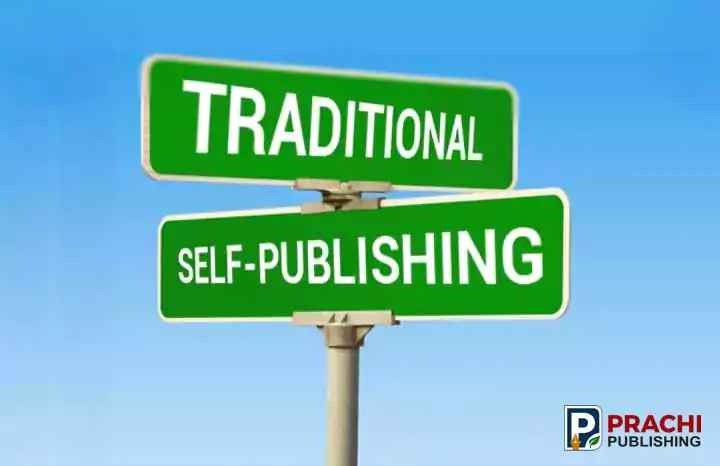Traditional vs. Self-Publishing: A Complete Guide for Writers

As the landscape of book publishing continues to evolve, writers face a crucial decision: should they pursue traditional publishing or opt for self-publishing? Both paths come with distinct advantages and challenges, making it imperative for writers to carefully evaluate their options before committing. Here’s a comprehensive comparison to help clarify the differences and guide writers toward the best choice for their unique aspirations.
Traditional Publishing
In traditional publishing, writers submit their manuscripts to established publishing houses, seeking representation by literary agents and, ultimately, a contract for publication. This method has long been regarded as the gold standard in the industry, and for several reasons.
One primary benefit of traditional publishing is the backing of a professional team. Authors receive assistance from editors, cover designers, and marketing experts, all of whom contribute to elevating the book’s quality and visibility. Traditionally published books also often benefit from wider distribution channels, making it easier for readers to find the book in bookstores, online platforms, and libraries.
However, the path to traditional publishing is often paved with rejections and an extensive waiting period. Writers must invest significant time in perfecting their query letters and synopses to attract agents, and even after securing representation, the publication process can be lengthy. Additionally, traditional publishers tend to maintain greater control over marketing and distribution decisions, potentially limiting an author’s influence on key aspects of their book’s release.
Self-Publishing
On the flip side, self-publishing has gained immense popularity over the past decade, thanks to platforms such as Amazon Kindle Direct Publishing and IngramSpark. This route allows authors to take control of every aspect of the publishing process, from writing and editing to design and marketing.
One of self-publishing’s greatest advantages is the speed of publication. Once a manuscript is complete, it can be formatted and released instantly, giving authors the flexibility to respond to market trends or personal impulses. Additionally, self-published authors retain a higher percentage of royalties compared to their traditionally published counterparts who may earn only 7-12% after the publisher’s cut.
Self-publishing also empowers authors to build their brands and connect directly with their audiences through social media and personal marketing efforts. They can share their personalities, create niche communities, and adapt their strategies based on direct reader feedback.
However, self-publishing is not without its hurdles. Writers must often shoulder the costs of professional editing, cover design, and marketing, which can add up quickly. Furthermore, without the marketing power of a traditional publishing house, self-published authors must be proactive and innovative in promoting their work, which can be time-consuming. The onus is also on them to navigate the complexities of distribution and sales channels.
The Best Path for You
Ultimately, the decision between traditional and self-publishing hinges on an individual writer’s goals, resources, and comfort level with risk. Writers with a passion for storytelling who seek expert guidance and industry validation may lean towards traditional publishing. Conversely, those eager for creative control, entrepreneurial spirit, and immediate access to their audience might find self-publishing more appealing.
Both paths can lead to rewarding journeys—it’s about finding the right fit for your vision as a writer.








